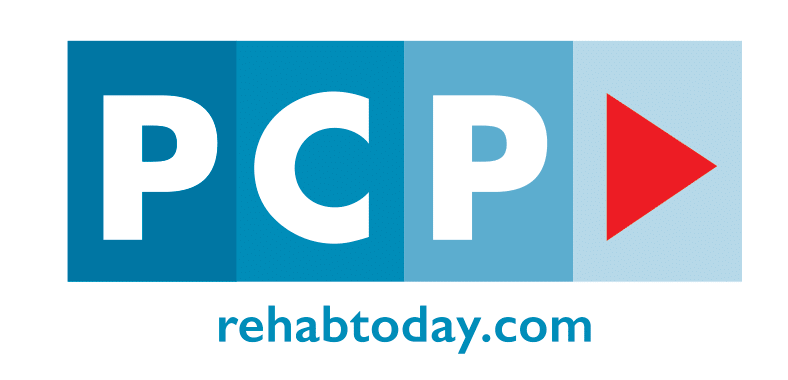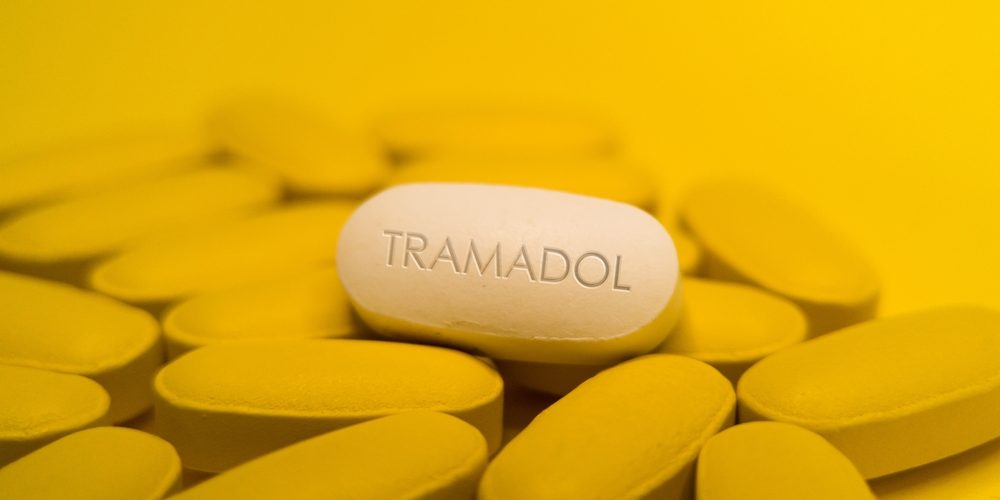Tramadol, a medication often perceived as a safer opioid, has a dark side that’s lesser-known. Tramadol addiction is a serious condition that can significantly impact an individual’s health and quality of life. This article delves into the complexities of tramadol abuse and addiction itself, exploring its risks negative effects, negative consequences, recognition, and recovery pathways.
Key Takeaways:
-
Understanding the nature and risks of tramadol addiction.
-
Recognizing the signs and symptoms of tramadol dependency.
-
Exploring treatment options and withdrawal management.
-
Preventative measures and educational insights.
What is Tramadol?

Tramadol, commonly known by brand names such as Ultram, Ultram ER, ConZip, and Ryzolt, is an opioid medication and a prescription drug used to treat moderately severe pain. Tramadol belongs to the class of prescription opioids, which are commonly prescribed for pain management, especially after surgery. While it is less potent than some other opioid painkillers, tramadol and other prescription drugs in this category still carry a significant risk of addiction, dependence, and abuse.
Tramadol's Medical Use and Potential for Abuse
Tramadol is effective in treating acute or chronic pain but works differently from other opioids. It binds to opioid receptors in the brain to relieve pain, not pain receptors altering the perception of pain, and also affects neurotransmitters like serotonin and norepinephrine, contributing to its pain-relieving effects. However, tramadol can cause adverse reactions, including effects on the central nervous system such as dizziness, drowsiness, or even more severe symptoms with misuse.
Despite its medical benefits, tramadol’s potential for abuse and addiction cannot be overlooked. It’s classified as a Schedule IV controlled substance, indicating a lower risk of abuse compared to other substances and stronger opioids but still presenting significant dangers when misused. Tramadol makes the risk of severe health consequences much higher when abused, especially due to its impact on the central nervous system, which can lead to CNS depression, seizures, or serotonin syndrome. Even those taking tramadol as prescribed may experience adverse reactions, and misuse increases this risk.
Brand and Street Names
Brand Names: Ultram, Ultram ER, ConZip, Ryzolt
Street Names: Trammies, Chill Pills, Ultras
The Path to Tramadol Addiction
Tramadol addiction can develop over time, often starting with legitimate medical use. Individuals may become addicted to tramadol after prolonged or improper use, as the drug’s ability to induce feelings of relaxation and euphoria can lead to misuse of other substances, increasing the risk of addiction. Tramadol dependence can develop before full addiction, with physical and psychological reliance on the drug often progressing gradually.
How Addiction Develops
Misuse of Prescribed Medication: Taking larger doses or using tramadol more frequently than prescribed.
Long-term Use: Prolonged use increases the risk of developing tolerance and dependence.
Recreational Use: Some individuals start using tramadol for non-medical reasons, seeking its euphoric effects.
Mental Health Disorders: People with anxiety, depression, or other mental health issues may be more vulnerable to tramadol misuse. Some may self medicate with tramadol to manage their symptoms without medical supervision, which can lead to negative consequences.
Psychological factors such as positive reinforcement and coping mechanisms play a significant role in the development of addiction. Similar mechanisms underlie both substance and behavioural addictions, with genetics and mental health influencing susceptibility.
Risk Factors for Addiction
Prior Substance Abuse History: Individuals with a prior substance abuse history, whether it involves alcohol, prescription medications, or illicit drugs, have a heightened risk of developing an addiction to tramadol. This increased risk can be attributed to a combination of genetic, environmental, and psychological factors that make them more susceptible to substance dependency.
Young Age: Exposure to drug use at a young age, such as during childhood or adolescence, significantly increases the risk of developing tramadol addiction later in life. Early environmental and genetic factors play a crucial role in shaping susceptibility.
Chronic Pain Patients: People managing long-term pain often require ongoing pain medication, which can include tramadol. The need for consistent pain relief can inadvertently lead to dependence on tramadol, as the body may develop tolerance, necessitating higher doses for the same pain relief. This scenario can create a cycle where stopping the medication leads to discomfort, both from the original pain and withdrawal symptoms, making it challenging to discontinue use.
Mental Health Disorders: Individuals suffering from mental health issues like anxiety, depression, or other mood disorders might misuse tramadol for its mood-altering effects. Tramadol can temporarily alleviate symptoms of these disorders, leading to misuse as a form of self-medication. This misuse can quickly escalate to dependency and addiction, particularly because the mood-enhancing effects of tramadol diminish over time, leading to increased usage.
Other Drugs: Using tramadol in combination with other drugs or alcohol increases the risk and severity of addiction, as well as the complexity of withdrawal symptoms.
Personal Circumstances: Personal circumstances, such as high levels of stress, trauma, or challenging life situations, can also influence an individual’s susceptibility to tramadol addiction.
Understanding these risk factors is crucial in preventing tramadol addiction and implementing early intervention strategies for at-risk individuals.
Recognising Tramadol Addiction
Identifying the symptoms and signs of tramadol addiction is crucial for timely intervention. Here are some warning signs to look out for:
Recognising addiction is the first step toward seeking help to stop taking tramadol.
Signs and Symptoms
-
Increased Tolerance: Needing more tramadol to achieve the same effect.
-
Withdrawal Symptoms: Experiencing withdrawal symptoms like nausea, anxiety, or insomnia when not using the drug.
-
Neglect of Responsibilities: Ignoring work, school, or family duties in favor of drug use.
-
Doctor Shopping: Visiting multiple doctors to obtain more tramadol prescriptions.
For more information on recognizing addiction and early warning signs yourself, make sure to see our other resources on identifying the warning signs of addiction
Tramadol Withdrawal and Dependence
Dependence on tramadol can experience withdrawal symptoms that manifest after prolonged use taking tramadol, even when taken as prescribed. Withdrawal symptoms can be both physical and psychological.
Symptoms of Tramadol Withdrawal
Withdrawal from prolonged tramadol use or using can manifest in various physical and psychological symptoms, significantly impacting an individual’s ability to function normally in everyday life.
-
Physical Symptoms: These include excessive sweating, a common response to the body’s attempt to eliminate toxins. Nausea and muscle aches are also prevalent, making everyday activities uncomfortable. Diarrhea is another frequent symptom, resulting from the body’s reaction to the absence of the drug.
-
Psychological Symptoms: Anxiety and panic attacks can be intense, stemming from the brain’s chemical imbalance during withdrawal. Tremors or shakiness are also common, reflecting the nervous system’s response to tramadol absence.
Managing these severe withdrawal symptoms is vital for safely navigating through the tramadol detoxification process and is a critical step towards recovery from tramadol addiction. Professional guidance, such as that available through resources such as treatment and rehabilitation.
The Dangers of Tramadol Abuse
Abusing tramadol carries significant health risks and side effects, some of which can be life-threatening.
Health Risks and Side Effects
-
Respiratory Depression: Slowed or difficult breathing, particularly at high doses.
-
Seizures: Particularly when combined with antidepressants or used in high doses.
-
Serotonin Syndrome: A potentially life-threatening condition due to excessive serotonin activity.
Overdose Risks and Symptoms
-
Symptoms: Sleepiness, unconsciousness, coma, respiratory depression.
-
Emergency Response: Overdose requires immediate medical attention
Treatment Options for Tramadol Addiction

Treating tramadol addiction requires a multifaceted approach that addresses both the physical dependency and the underlying psychological factors.
Inpatient Treatment: This option involves intensive care in a controlled, structured environment. Inpatient treatment is ideal for those with severe addiction, providing round-the-clock care and support. Inpatient treatment programmes often include detoxification, counselling, and various therapies aimed at treating the addiction holistically.
Outpatient Therapy: This form of treatment offers more flexibility, allowing individuals to live at home while attending scheduled treatment sessions. It’s suitable for those with less severe addiction or as a step-down from inpatient treatment. Outpatient programmes typically include individual and group counselling, along with other therapeutic activities.
Medication-Assisted Treatment (MAT): MAT involves the use of medications, such as buprenorphine, to manage withdrawal symptoms and reduce cravings. These medications can help stabilise brain chemistry, block the euphoric effects of opioids, and alleviate physiological cravings, providing a safer alternative to tramadol and reducing the risk of relapse.
Achieving long-term recovery from tramadol addiction requires ongoing support, professional care, and continuous attention to both physical and psychological health to prevent relapse.
For authoritative data on tramadol addiction and treatment outcomes, the Substance Abuse and Mental Health Services Administration (SAMHSA) provides comprehensive statistics and resources.
To access in-depth guidance on these treatment methodologies and further resources, a consultation with us is advisable. Our specialized knowledge can assist in customising a treatment strategy that aligns with the unique requirements of each individual, thereby paving the way towards successful recovery
Role of Medication in Treatment
-
Buprenorphine: Helps reduce cravings and withdrawal symptoms.
-
Naltrexone: Prevents the effects of opioids and reduces the desire to use.
Prevention and Education
Strategies to Prevent Tramadol Addiction
-
Awareness Programs: Educating the public about the risks of tramadol misuse.
-
Safe Prescription Practices: Encouraging healthcare providers to follow guidelines for prescribing opioids.
-
Monitoring Systems: Implementing prescription drug monitoring programs to detect prescription fraud and doctor shopping.
Importance of Education and Awareness
-
Community Outreach: Engaging communities in drug abuse prevention initiatives.
-
School-Based Programs: Introducing substance abuse education in school curricula.
Personal Stories: The Human Side of Tramadol Addiction

Hearing from those who have battled tramadol addiction provides invaluable insights into the challenges and triumphs of recovery.
Personal Recovery Stories
Experience with Addiction: Understanding the journey from addiction to recovery.
Lessons Learned: The importance of support and determination in overcoming addiction.
For inspiring recovery stories, visit our testimonials page.
FAQs on Tramadol Addiction
What makes tramadol addictive?
Tramadol’s highly addictive, potential stems from its ability to alter brain chemistry. It works by binding to opioid receptors and increasing levels of neurotransmitters like serotonin and norepinephrine in the brain. This leads to feelings of euphoria and well-being, which can be habit-forming, especially if other opioid drugs used continuously or inappropriately.
Can Tramadol addiction be treated?
Yes, tramadol addiction can be effectively treated. Treatment typically involves comprehensive rehab programs that combine medical detox with behavioral therapy. These programs are designed to address both the physical dependence and the psychological aspects and signs of tramadol addiction, providing a holistic approach to recovery.
What are the long term-effects of Tramadol abuse?
Long-term abuse and addiction of tramadol can lead to several chronic health issues, including liver and kidney damage, increased risk of overdose, and mental health disorders like depression and anxiety. Physical dependence on tramadol is a significant concern, as well as potential social consequences, environmental factors such as strained relationships, financial difficulties, mental health disorder, and legal problems stemming from substance misuse.
Author
-

Dr Otulana is PCP’s longest-serving doctor. He is an experienced Physician with Specialist Interest in Substance Misuse Management and he has a wide range of experience in the assessment and management (including detoxification) of clients with various drug and substance addiction problems. Dr Otulana started practising as a doctor in 2000 and with over 10 years as an Addiction Physician. He is an Advanced Addiction Practitioner Member of Addiction Professionals and also holds the Certificate in Clinical Psychopharmacology (Part 1) of the British Association for Psychopharmacology. He is additionally a strong healthcare services professional with a Master of Business Administration (M.B.A.) degree from Cambridge University Judge Business School.
View all posts







